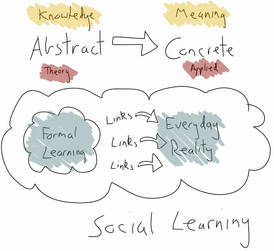
We live in the Social Age which, thanks to the internet and the abundance of technologies that enable us to connect and communicate, has greater affordance for learning than in any other age. But it is sometimes difficult to connect the learning in the formalised world of education with learning in the informal social world.
Whilst formal learning may talk about application, social learning happens where the application takes place. Whilst formal learning talks about how to make links to reality, social learning is already in the pub, finding a comfy sofa and getting the drinks in at the bar (1 and image right)
But, thanks to my participation in the #creativeHE (2) on-line course, I now have a better understanding of these relationships.
#creativeHE
#creativeHE is an open learning process (OLP) formed around the idea of 'creativity for learning in higher education'. It is underpinned by information and content within the P2PU platform and a google+ community space for interaction and conversation (1). The OLP is populated by open educational resources and practices (OER/OEP). It is facilitated and time bounded (6 weeks) and there is a weekly set of activities relating to the core theme that participants can, if they wish, participate in. But there is also an intentional openness for participants to share their own interests and topics of conversation with others who are interested.
In addition to the on-line community space and interaction, the organiser (@chrissinerantzi) is also facilitating face to face learning events in her university. Furthermore, there is also a group of educational masters students participating from a Greek university. These groups of people connect the enterprise to more formalised professional development and education in institutional settings. This is why #creativeHE bridges the formal, semi-formal and informal worlds of learning, education and professional development.
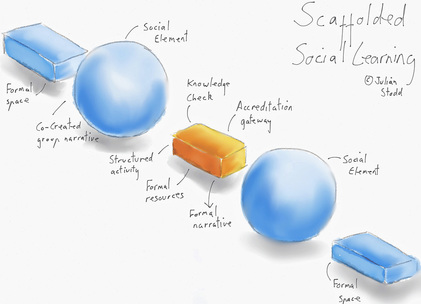
Julian Stodd, provides a nice model (3 and left) for understanding the type of social learning that #creativeHE affords. He says that scaffolded social learning is built around two types of components: formal elements (‘boxes‘) and informal social elements (bubbles). At the boundary between each, there is a gateway. The bubbles are co-creative, community spaces, places where we can feed out questions, and responses to case studies, activities and exercises that are carried out over time and within communities. The boxes are formally defined learning eg classroom [prescribed activities] or defined resources. The overall arrangement is defined by an overarching narrative which defines the focus for
semi formal learning, with a broadly defined outcome in terms of the expectations of learning and personal/professional development.
The overarching narrative for #creativeHE is formed around questions like 'what does creativity mean? and how can we apply it in educational settings? The emerging narrative is created by all the participants as they share their responses to the activities, pose questions and offer perspectives on topics that interest them. The learning process #creativeHE involves individuals participating in structured activities (the rectangular boxes) and the sharing of responses to those activities in community spaces and unfolding conversations that relate directly or indirectly to the inquiry themes being explored? Participants create portfolios to evidence their participation in the structured activities and they earn badges as they progress through them.
Collectives
In addition to the structured activities #creativeHE provides affordance for interest-sharing outside the programmed activities and the formation of collaborative projects determined by participants themselves. Two groups have been established in #creativeHE. The groups are open to all participants in the community but there is an expectation that the cost of admittance is 'participation' in the discussions and activities of the group. You cannot be passive in a group. In this respect the groups are more like 'collectives' in the manner described by Thomas and Seeley Brown (4).
In the new culture of learning, people learn through their interaction and participation with one another in fluid relationships that are the result of shared interests and opportunity. In this environment the participants all stand on equal ground - no one is assigned to the traditional role of teacher or student. Instead, anyone who has particular knowledge of, or experience with, a given subject may take on the role of mentor at any time.
A collective is very different from an ordinary community. Where communities can be passive, collectives cannot. In communities people learn in order to belong. In a collective, people belong in order to learn. Communities derive their strength from creating a sense of belonging, while collectives derive theirs from participation.
The new culture of learning, is a culture of collective inquiry that harnesses the resources of the network and transforms them into nutrients within the learning environment, turning it into a space of play and experimentation.
The group I have been involved in began by exploring interests in a google hangout space and identified interests in the topics of creativity and its involvement in emotions, relationships and visualisations. Over a couple of weeks we began to connect these interests to trying to understand how #creativeHE was working as a learning community. We connected our shared interest in creativity and emotion to the ways in which we could see emotions were involved in the formation of relationships in the on-line community and how creativity emerged through these relational interactions. Several members of Group agreed to form a project around understanding their own involvement in the #creativeHE community and learning process and this resulted in activity to represent and share these understandings. We each approached the task of evaluation in a different way and shared our efforts. This multiplicity of perspectives demonstrated the power of social learning.
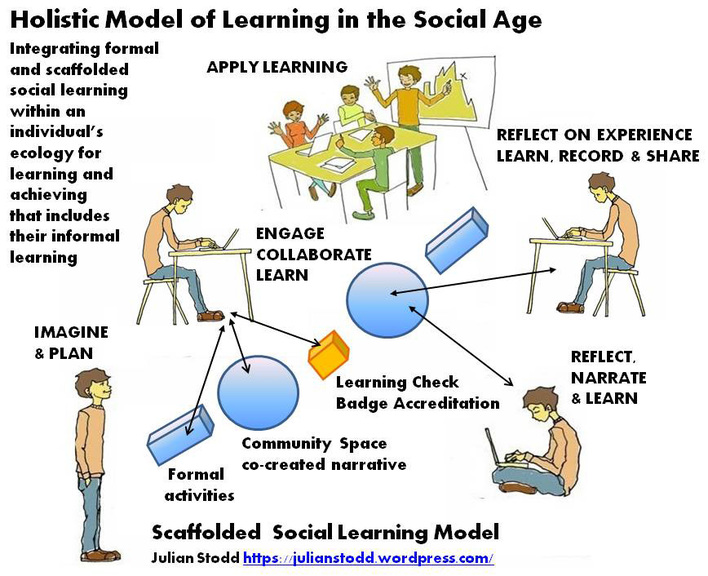
Julian Stodd's model of scaffolded social learning offered me a way in to understanding the #creativeHE learning enterprise and it seems to explain most of what I observe. But it is deficient in one important respect: it takes no account of what participants are doing in the rest of their lives or how what they are doing in the social learning space, connects to their own learning projects - what I am calling learning ecologies (5). In my own learning ecology I am connecting what I am learning in the social learning space to the book I'm writing on learning ecologies and to the talk I am preparing for a seminar in Barcelona in ten days time. I will undoubtedly draw upon this personalised learning in the seminar when I talk to people who are far more knowledgeable than I am about on-line social learning practices.
The point I'm making is that Julian's model is not holistic enough. It must also connect to participants' own learning ecologies. Our contemporary learning ecologies provide us with the living vehicle for applying our understandings and new capabilities as they emerge. They provide us with the opportunity to develop new relationships with potential for future learning and achievement.
Sources
1 Stodd J (2013) Social Learning from theory to practice
https://julianstodd.wordpress.com/2013/03/18/social-learning-from-theory-to-practice/
2 #creativeHE 'Creativity in learning for higher education'
https://courses.p2pu.org/en/courses/2615/creativity-for-learning-in-higher-education/
https://plus.google.com/communities/110898703741307769041
3 Stodd J (2014) Scaffolded Social Learning Blog post Nov 5 2104
https://julianstodd.wordpress.com/2014/11/05/scaffolded-social-learning/
4 Thomas D and Seeley Brown J (2011) A New Culture of Learning: Cultivating the imagination for a world of constant change
5 Jackson N J (in prep) Exploring Learning Ecologies Draft chapters available for comment at http://www.normanjackson.co.uk/learning-ecology.html
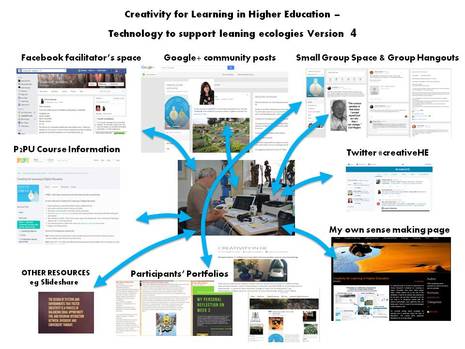

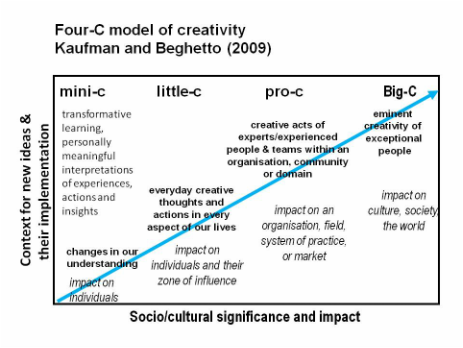
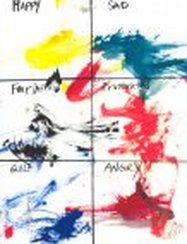
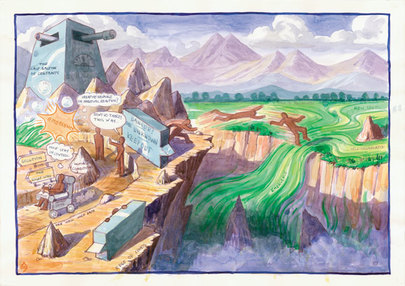
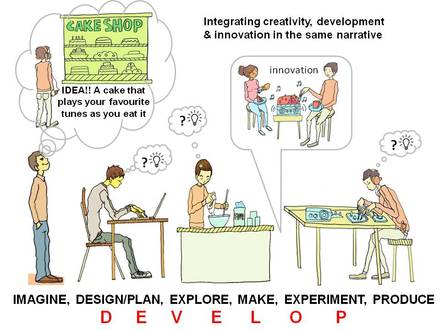

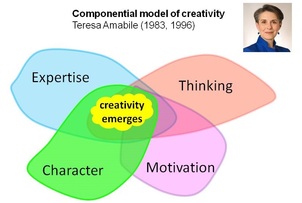
 RSS Feed
RSS Feed